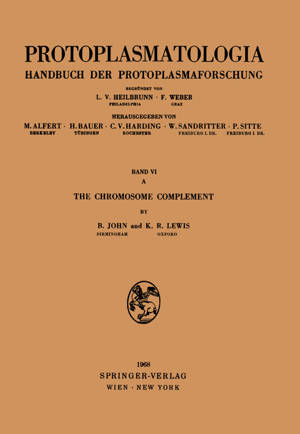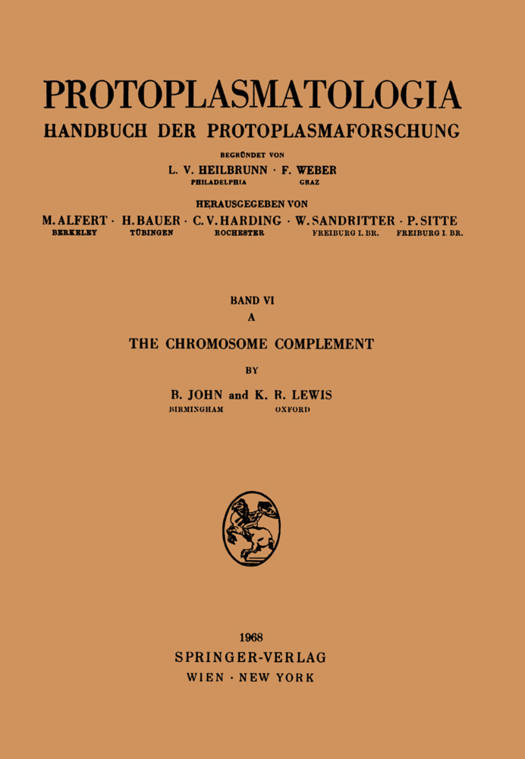
Je cadeautjes zeker op tijd in huis hebben voor de feestdagen? Kom langs in onze winkels en vind het perfecte geschenk!
- Afhalen na 1 uur in een winkel met voorraad
- Gratis thuislevering in België vanaf € 30
- Ruim aanbod met 7 miljoen producten
Je cadeautjes zeker op tijd in huis hebben voor de feestdagen? Kom langs in onze winkels en vind het perfecte geschenk!
- Afhalen na 1 uur in een winkel met voorraad
- Gratis thuislevering in België vanaf € 30
- Ruim aanbod met 7 miljoen producten
Zoeken
Omschrijving
material can serve both autocatalytic and heterocatalytic functions. Thus not only is it unique in itB capacity for self-replication but its base sequence determines the specificity of proteins. And enzyme proteins are immediately responsible for the peripheral metabolism which enables the organism to impose its own kind of order on the raw materials it absorbs. The course of development is determined not only by the nature of the genetic material but by its over-all amount and the relative frequency of the different functional units. Differential rates of epigenetic activity matter also. In theory, therefore, differential development within or even between individuals could be determined by the differential replication of the various genetic elements or by their differential activity. And further variation could arise by the differential transmission of these elements between cells. Indeed it would appear that all these possibilities are exploited by living systems. If like is to beget like, however, any genetic change which occurs during development must be undone, or else germinal units preserved from change must be set aside. As far as is known, genetic changes, even those involving only quantity or relative amounts, are reversible to only a very limited extent so that a change once done cannot be undone. Consequently genetic changes during the development of presumptive germ-lines are either non- existant or minor and confined to a small class of un aggregated deter- minants.
Specificaties
Betrokkenen
- Auteur(s):
- Uitgeverij:
Inhoud
- Aantal bladzijden:
- 210
- Taal:
- Engels
- Reeks:
- Reeksnummer:
- nr. 6
Eigenschappen
- Productcode (EAN):
- 9783211808818
- Verschijningsdatum:
- 1/01/1968
- Uitvoering:
- Paperback
- Formaat:
- Trade paperback (VS)
- Afmetingen:
- 170 mm x 244 mm
- Gewicht:
- 349 g

Alleen bij Standaard Boekhandel
+ 213 punten op je klantenkaart van Standaard Boekhandel
Beoordelingen
We publiceren alleen reviews die voldoen aan de voorwaarden voor reviews. Bekijk onze voorwaarden voor reviews.









